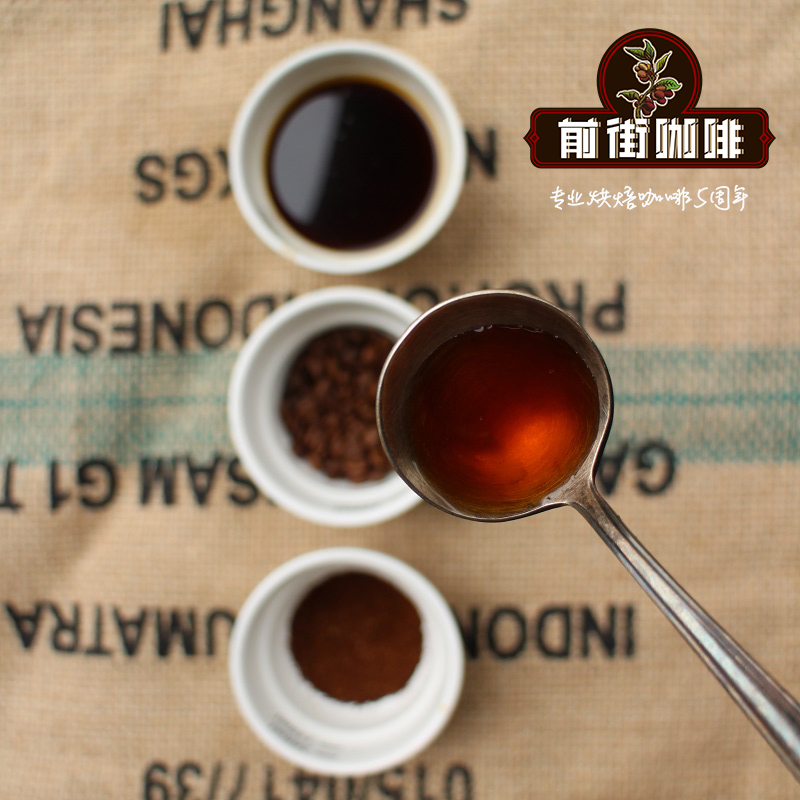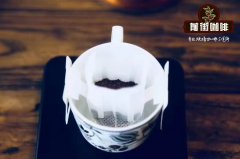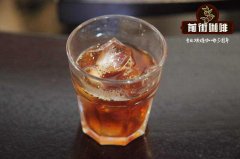A brief introduction to the grading system of Kenyan Coffee beans how to brew and share Kenyan coffee at a ratio of 1 to 15

Professional coffee knowledge exchange More coffee bean information Please pay attention to coffee workshop (Weixin Official Accounts cafe_style)
Front Street-Kenya Raw Bean Grading, Cooking Parameters Sharing
sieve classification
The method of sieve classification is the method of classifying green coffee beans according to their size. Raw beans are passed through a perforated iron sieve to determine the size of the beans and thus the grade. The size of the holes in the screen is 1/64 inch (less than 0.4mm), so the number of screens indicates that there are several 1/64 inches. For example, the size of No. 17 screen is 17/64 inches, which is about 6.75mm. Therefore, the larger the number of screens, the larger the particles of coffee beans.
Kenya is one of the most representative countries classified by screen, others include Tanzania, Colombia, etc.(some countries use more than one classification method, and the examples given here are representative of countries dominated by this method). Kenya's highest AA++ requires a sieve of 18 or more, which means that the bean size exceeds 7.15mm. Kenyan beans are carefully graded to include AA++, AA+, AA, AB, etc. Colombia's classification is simpler, divided into Supremo and Excelso according to bean size.
80% of the special grade raw beans need to use more than 17 mesh screens, 80% of the upper grade raw beans need to use more than 14/16 mesh screens, and at most 11% of the 14 mesh beans are allowed in the 16 mesh beans. The screen mentioned above is for flat beans, round beans (Pea Berry) have their own set of screen size standards. The round beans are generally graded using a sieve of 8- 12.
Kenyan coffee is bright, fruity and has a bright fruit acid flavor, so the front street will choose V60 filter cups with segmented brewing methods.
Nationality: Kenyan
Region: Nyeri
Varieties: SL28, SL34
Treatment method: water washing (double fermentation method)
Roasting degree: Light to medium baking (middle stage of first explosion)
Dry aroma: rich berry aroma
Wet fragrance: hawthorn, black jujube, kumquat, honey
Flavor: Berries, acidity Bright rise, smooth, medium without obvious astringency and with some creamy aroma, sucrose-like sweetness, overall clean, acid prominent.
Cooking parameters: water temperature 91 ℃, grinding degree BG-6S, V60 filter cup, water powder ratio 1:15, first water injection 30g, stewing 28s-30s, second water injection when powder layer sinks, 120g water cut off, third water injection 220g water cut off, tail section water not needed, extraction time 2: 05s.
Knowledge expansion: Kenya borders Ethiopia, where coffee originated, to the north, but it was not until 1983 that French missionaries brought coffee seeds to Kenya from La Réunion, more than a thousand years later than neighboring countries.
END
Important Notice :
前街咖啡 FrontStreet Coffee has moved to new addredd:
FrontStreet Coffee Address: 315,Donghua East Road,GuangZhou
Tel:020 38364473
- Prev

Brazil Samba Manor Coffee good? Brazilian Samba Manor Coffee how to drink Brazilian Coffee Manor
Professional coffee knowledge exchange more coffee bean information please follow Coffee Workshop (Wechat official account cafe_style) SAMBA area our Brazilian samba coffee is a region mixed with cherries from a select group of farms in the Carmo de Minas region of Brazil. Producers include Fazenda Santa Lucia, Fazenda Furnas and Fazenda Sertao. This regional mix
- Next

Kenya Coffee Brand recommends Kenya hand Coffee Parameter Flavor introduction
Professional coffee knowledge exchange more coffee bean information please follow the coffee workshop (Wechat official account cafe_style) Qianjie-Kenyan brand, brewing parameters sharing Qianjie today to recommend good Kenyan coffee. Kenya's coffee producing areas are mainly concentrated in the plateau areas represented by Mount Mt.Kenya (with an average elevation of 1500m above sea level). Annual temperature
Related
- Beginners will see the "Coffee pull flower" guide!
- What is the difference between ice blog purified milk and ordinary milk coffee?
- Why is the Philippines the largest producer of crops in Liberia?
- For coffee extraction, should the fine powder be retained?
- How does extracted espresso fill pressed powder? How much strength does it take to press the powder?
- How to make jasmine cold extract coffee? Is the jasmine + latte good?
- Will this little toy really make the coffee taste better? How does Lily Drip affect coffee extraction?
- Will the action of slapping the filter cup also affect coffee extraction?
- What's the difference between powder-to-water ratio and powder-to-liquid ratio?
- What is the Ethiopian local species? What does it have to do with Heirloom native species?

